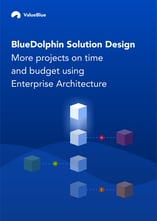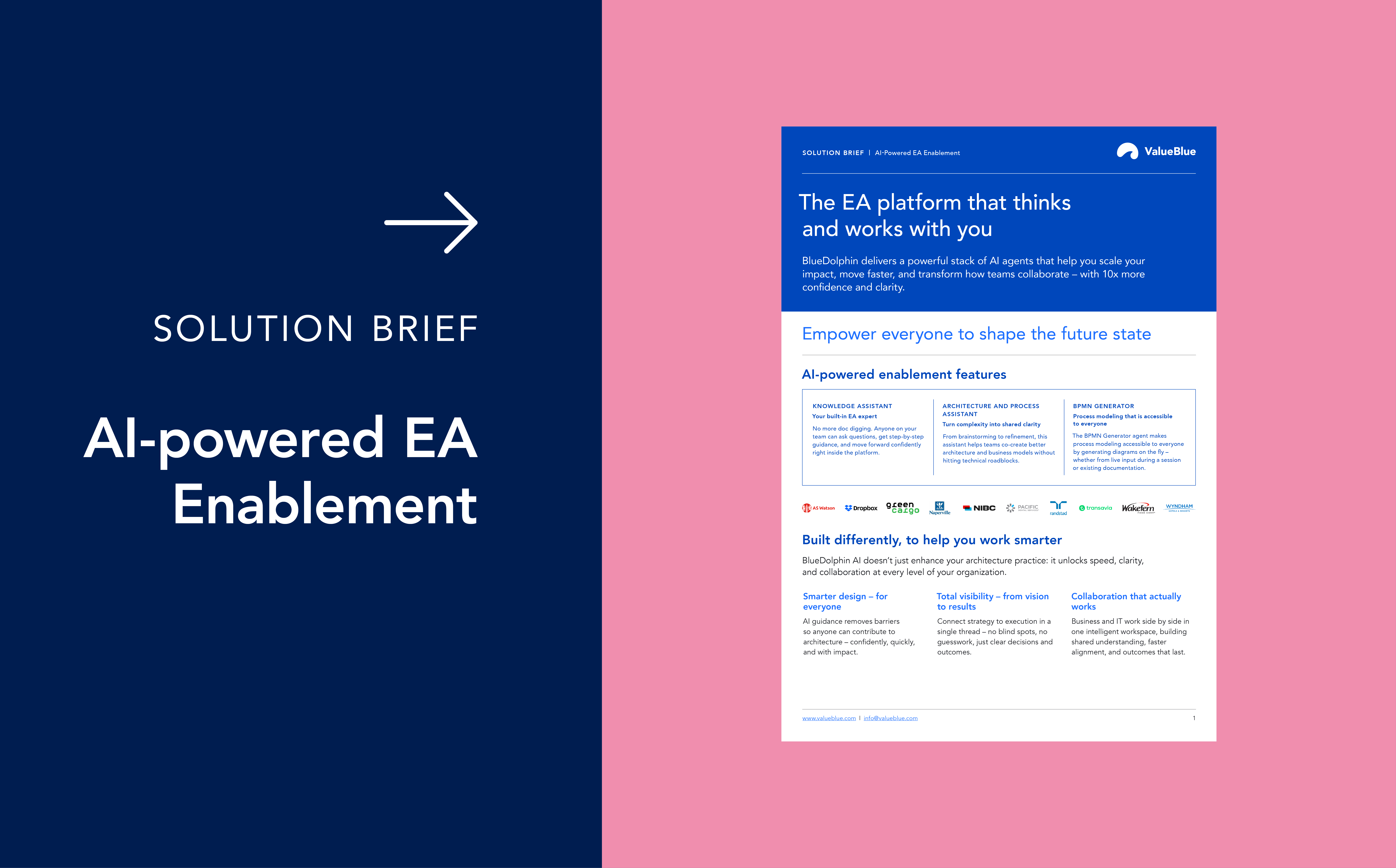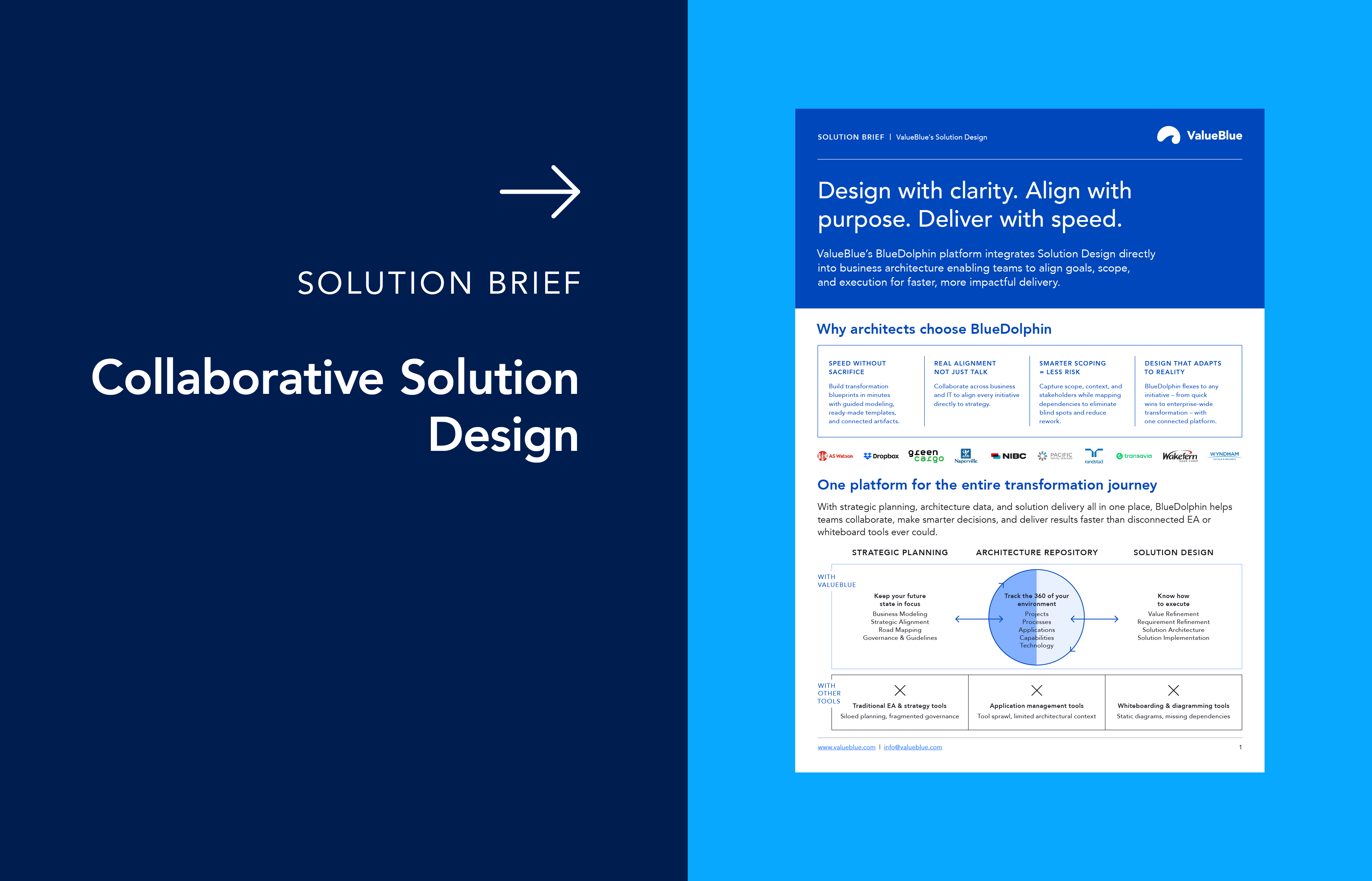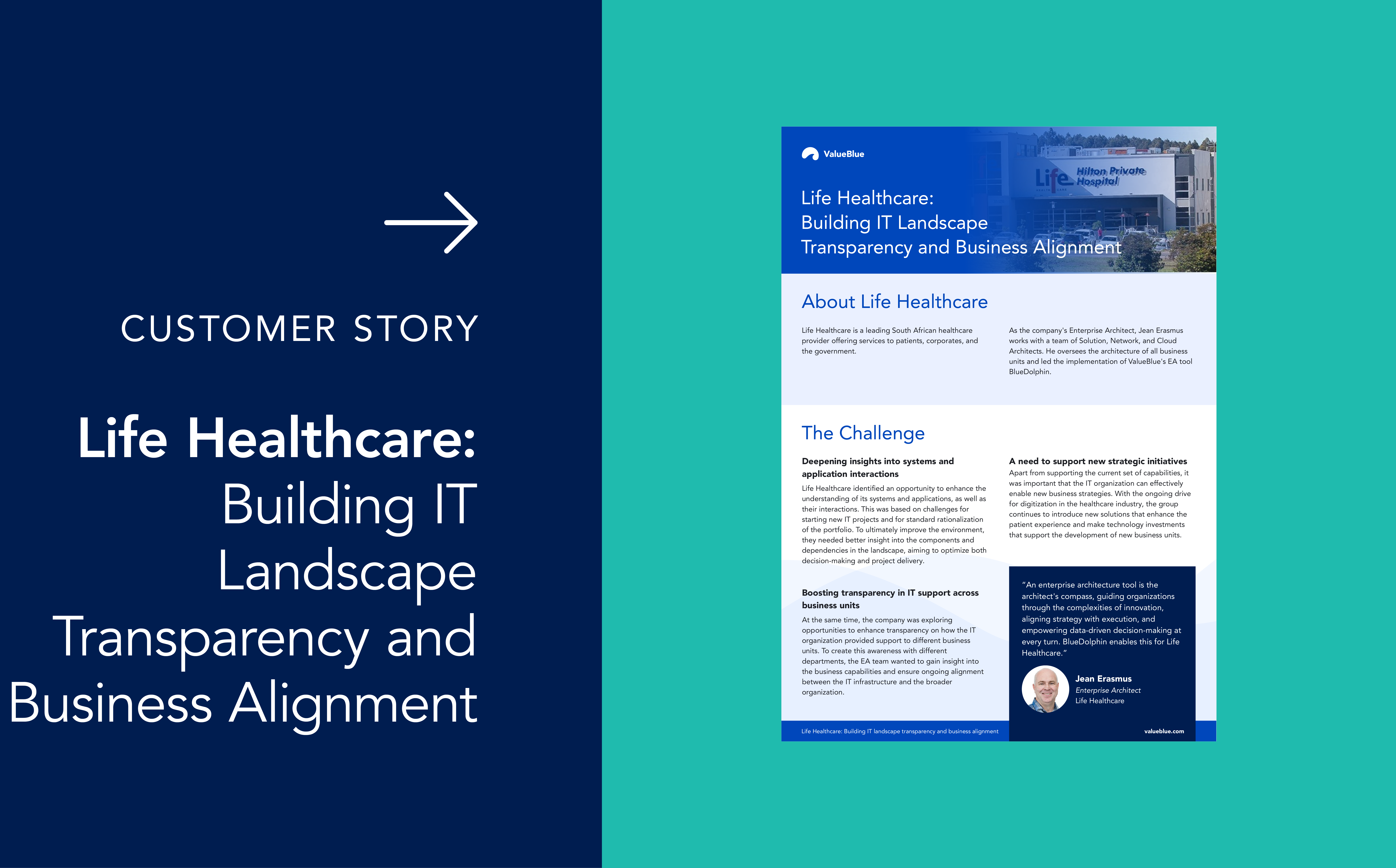Solution Design Best Practices in Enterprise Architecture
Effective Solution Design connects business goals with technology to support digital transformation. To enable smooth transformation, organizations need Solution Design processes that are strong, collaborative, and aligned with business goals. This article explores best practices for Solution Design in Enterprise Architecture (EA), focusing on how transformation design, Solution Design, and EA intersect to drive organizational change and innovation.
Understanding Solution Design in Enterprise Architecture
Solution Design is the structured process of defining, visualizing, and validating the components and interactions required to deliver a business or IT solution. In Enterprise Architecture, Solution Design links strategy to execution, helping deliver transformation projects on time and within budget.
A central element in this process is the Enterprise Architecture Repository, which stores critical information about business processes, data, and IT assets. This repository enables organizations to plan and execute transformation projects effectively, providing the foundation for both strategic planning and solution implementation.
Key steps of Solution Design
The Solution Design process in Enterprise Architecture typically involves several key steps:
1. Value refinement: Aligns the solution’s value proposition with business needs, ensuring that transformation design addresses real customer pain points.
2. Requirements refinement: Gathers and refines business and technical requirements, making them understandable to all stakeholders.
3. Solution architecture design: Visualizes the target solution, integrating existing and new components, and validating feasibility.
4. Solution implementation: Executes the design, ensuring alignment with Enterprise Architecture standards and governance.
Best practices for Solution Design
1. Integrate Solution Design with Enterprise Architecture
A common challenge in EA is maintaining an up-to-date architecture repository. To solve this, Solution Design activities should be conducted within the same platform as the Enterprise Architecture repository. This integration ensures that all changes are documented in real time, reducing the risk of outdated information and improving collaboration among teams.
2. Emphasize visual communication
High-level designs should prioritize visual representation. Use diagrams, flowcharts, and sketches to communicate complex ideas effectively, especially to non-technical stakeholders. Visualizing these fosters buy-in and facilitates collaborative discussions, which are essential for successful transformation design.
3. Leverage existing components
Reuse existing processes, data objects, and application components from the Enterprise Architecture repository wherever possible. This not only accelerates Solution Design but also ensures consistency and reduces redundancy across transformation projects.
4. Foster collaboration and stakeholder engagement
Solution Design is a collaborative process. Engage business analysts, product managers, solution architects, and topic experts throughout the design process. Use messaging systems and annotation features within your Solution Design platform to gather feedback, clarify requirements, and iterate on designs.
5. Separate current and future states
Clearly distinguish between the current and future states in your solution architecture designs. This separation helps stakeholders understand the scope and impact of proposed changes, making it easier to focus discussions on transformation design objectives and outcomes.
6. Focus on “just enough” architecture
Avoid over-engineering. Model only what is necessary to support the change or transformation initiative. Present enough detail to gain stakeholder buy-in and guide implementation, but do not overwhelm the team with unnecessary complexity.
7. Structure and standardize deliverables
Adopt a consistent structure for Solution Design deliverables. Use templates and predefined workflows to standardize outputs, making it easier to manage, review, and reuse designs across multiple projects. This predictability enhances the quality and reliability of transformation design efforts.
8. Iterate and update continuously
Solution Design is a continuous process. Regularly update designs based on feedback and evolving requirements. Iterative refinement ensures alignment with business strategy and adapts to changes in the Enterprise Architecture landscape.
Practical steps to get started
To put these best practices into action, consider the following steps:
1. Start small: Choose a manageable, high-impact project to pilot your Solution Design approach. This allows for experimentation and quick wins, building momentum and trust for broader transformation design efforts.
2. Use an easy-to-follow structure: Implement a clear project flow, such as value refinement, requirements refinement, and solution architecture design, to guide teams through each phase systematically.
3. Promote a culture of collaboration: Encourage open communication and shared ownership of Solution Design components. Use centralized platforms to facilitate collaboration and maintain a single source of truth.
Benefits of centralized Solution Design
Centralizing Solution Design within a dedicated platform offers several advantages:
- Single source of truth: All designs, requirements, and architecture artifacts are stored in one place, improving accessibility and traceability.
- Enhanced collaboration: Built-in messaging, commenting, and workflow features streamline communication and feedback loops.
- Intelligent reuse: Components from the Enterprise Architecture repository can be easily integrated into new designs, increasing efficiency and consistency.
- Role-based access: Permissions and roles can be managed to control who can edit or approve specific Solution Design elements, balancing collaboration with governance.
Unlocking transformation success through Solution Design
By integrating Solution Design with Enterprise Architecture repositories, emphasizing visual communication, fostering collaboration, and adopting iterative, structured approaches, organizations can deliver transformation projects that are aligned, efficient, and impactful.
Start small, use standardized workflows, and continuously refine your designs. By following these best practices, your enterprise can accelerate its transformation journey and realize the full value of its Enterprise Architecture investments.
Ready to put these best practices into action? Start designing smarter with BlueDolphin, our platform built to streamline collaboration, visualize architecture, and drive transformation success. Try BlueDolphin today.
Learn more about 
Solution Design
Discover how BlueDolphin Solution Design helps align strategy and execution
- delivering projects faster, smarter, and with greater business impact.





